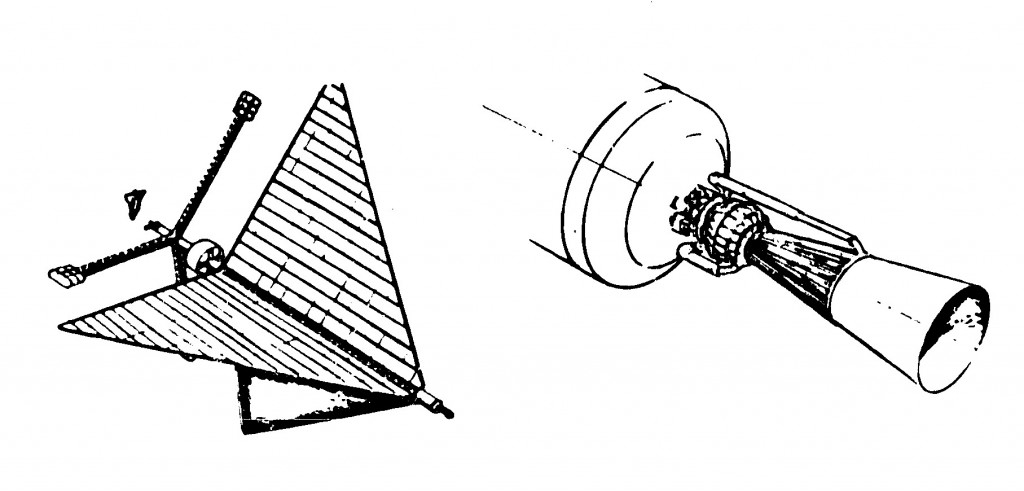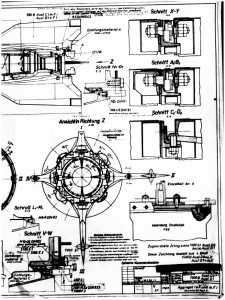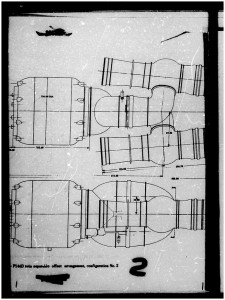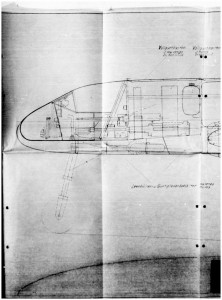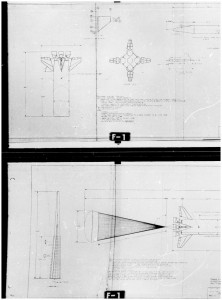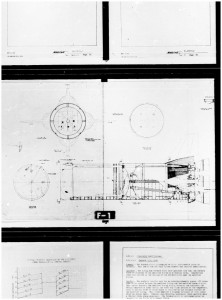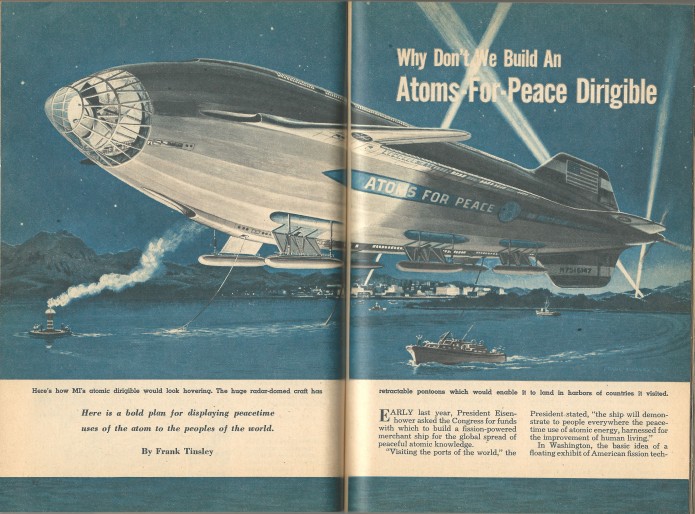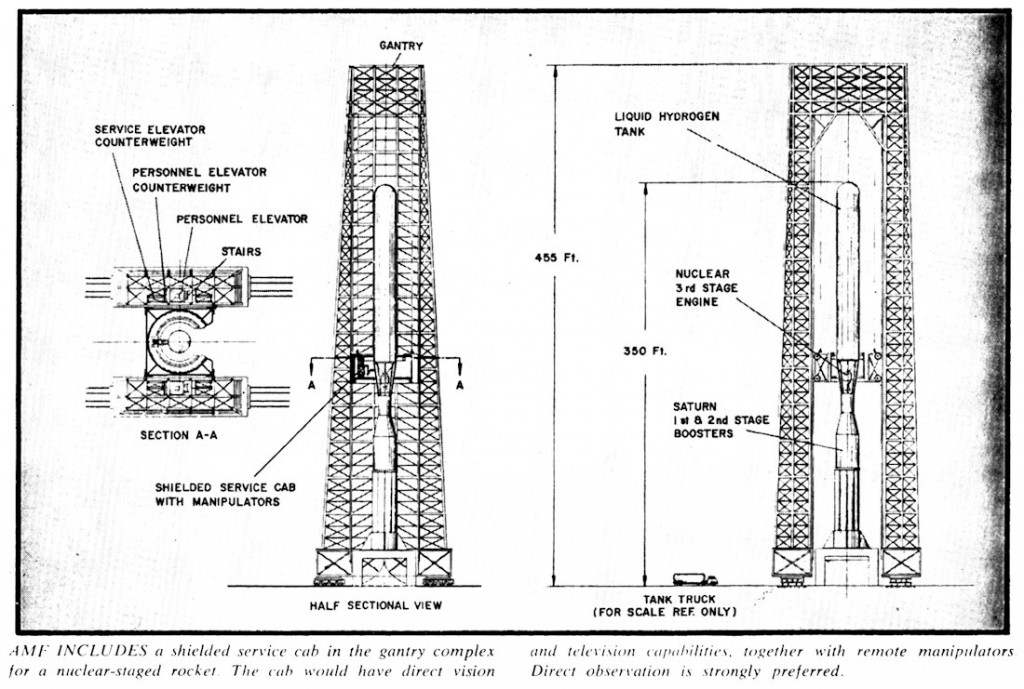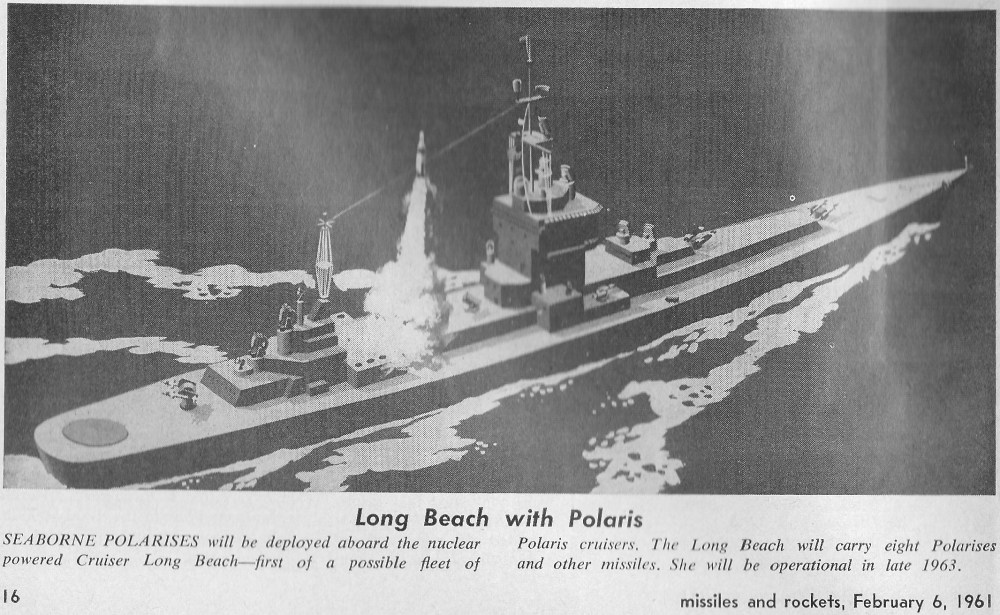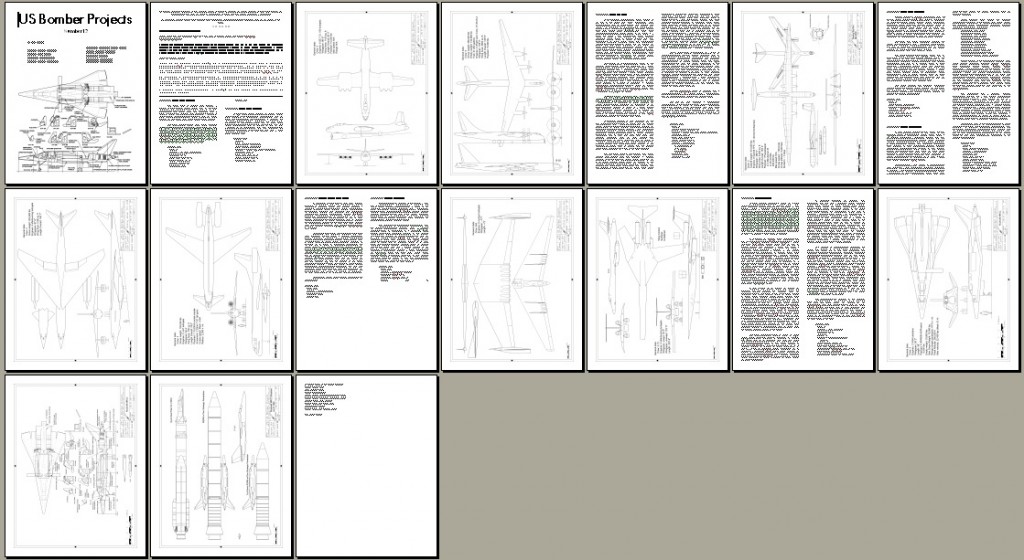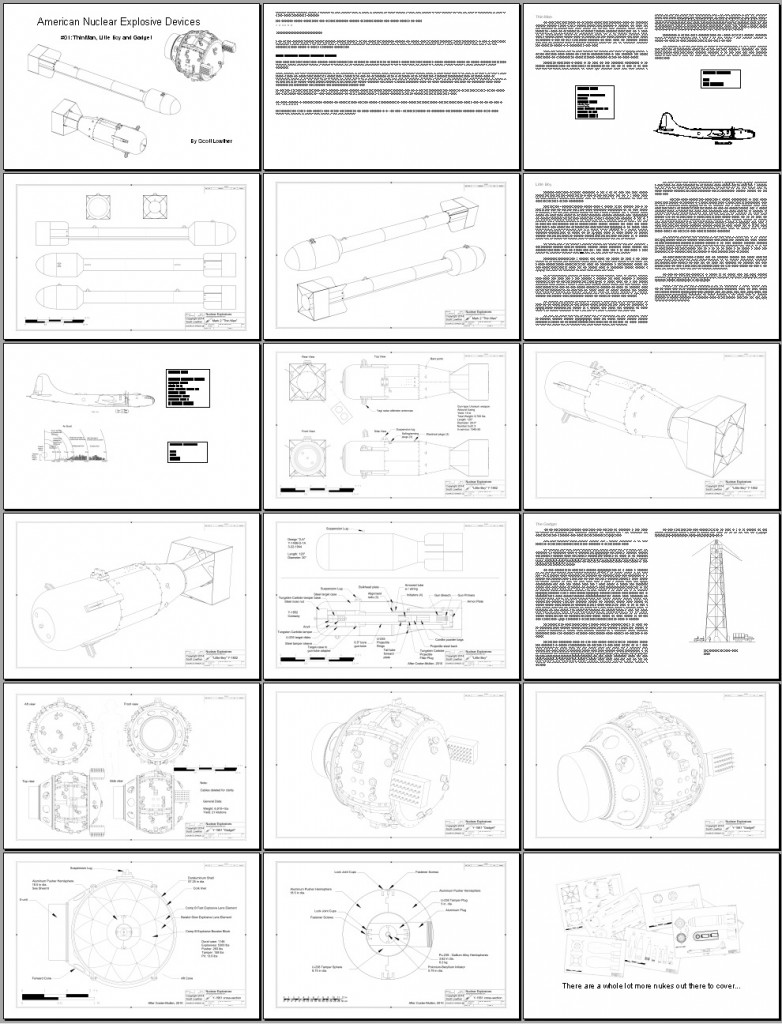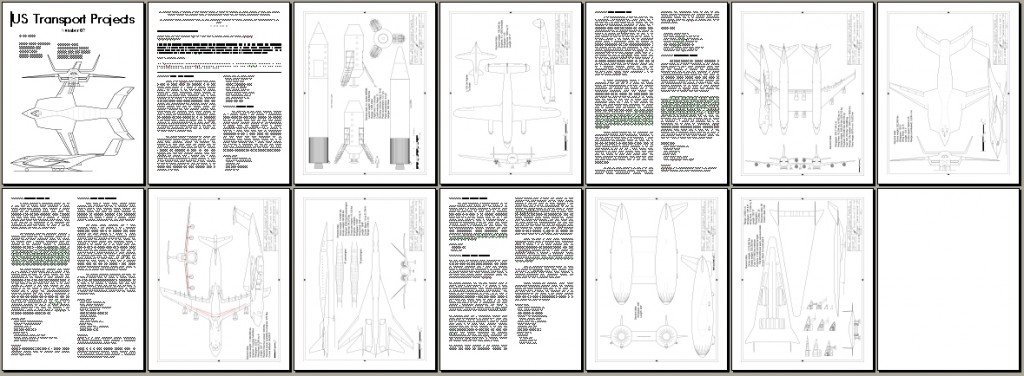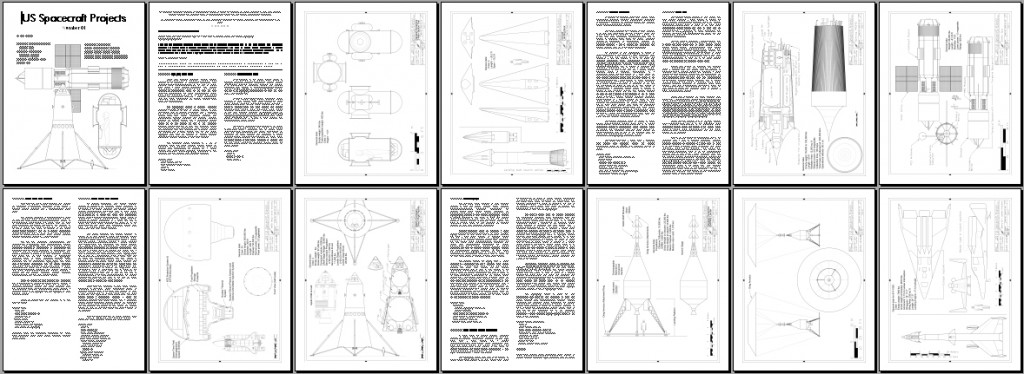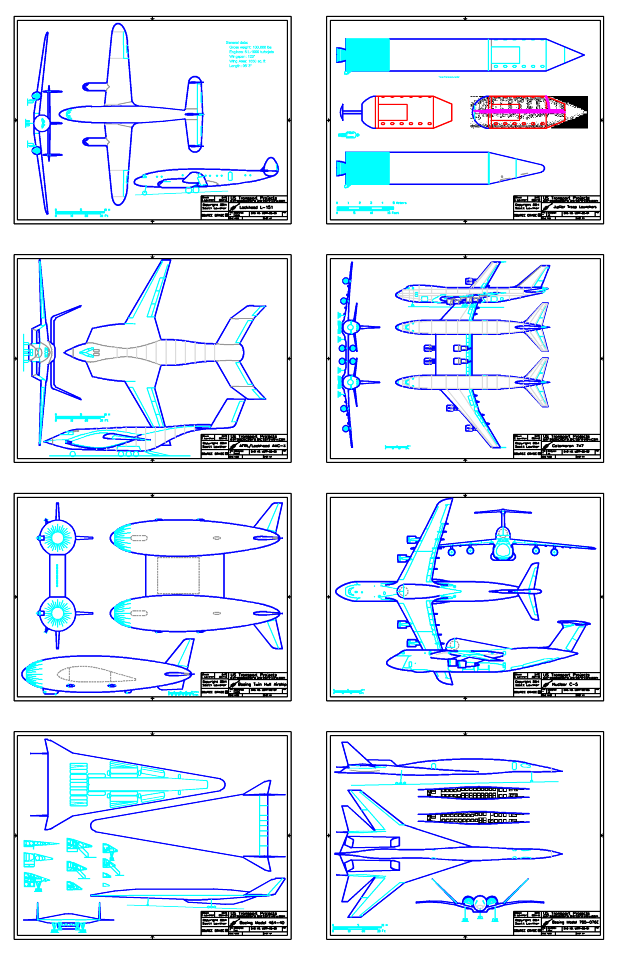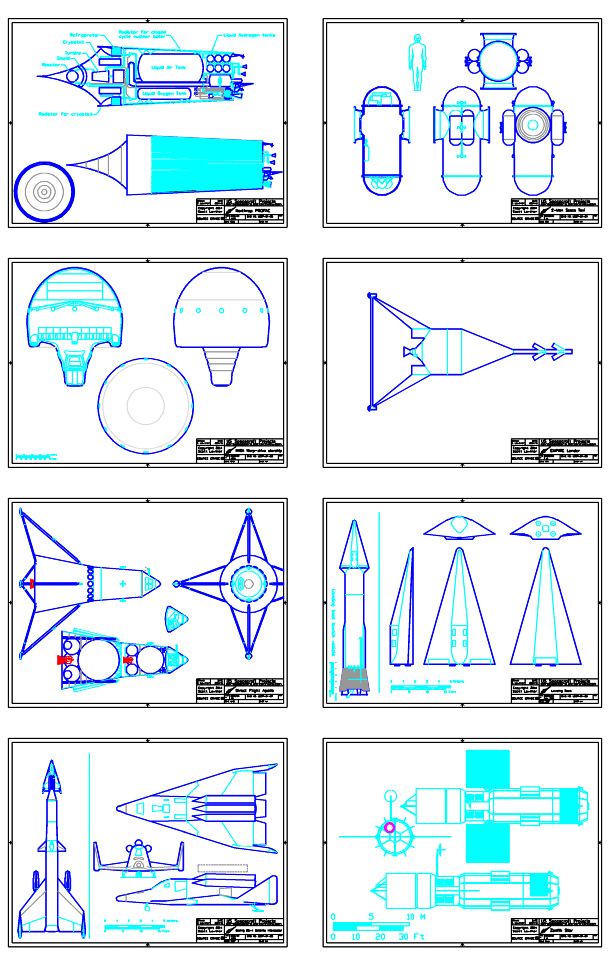Every now and then you stumble across something that provides tantalizing yet nonchalant hints to something amazing. Recently this occurred while perusing a Boeing report on closed life support systems for spacecraft. One concept mentioned and minimally described was a previous 1981 study of a spacecraft meant to transport crew to the asteroid belt for the purpose of mining asteroids for their resources. Just the basic concept was fairly amazing on its own, especially all the way back in 1981. Second: the propulsion system was vaguely described as a nuclear fusion system. Third: well, here’s the disappointingly small diagram that was included for illustration purposes. See if you can see what makes the design especially interesting…
What can be seen: three arms that rotate for artificial gravity; three vast radiator fins and a relatively tiny fusion engine in the tail. But what makes the design amazing: just in front of the spacecraft is a Space Shuttle Orbiter, giving a sense of scale to the vehicle. It’s *vast.* And it would have to be… the cargo transported to the asteroid was 150 metric tons. Plus the passengers, all 1,250 of them. All ONE THOUSAND TWO HUNDRED AND FIFTY of them.
The vehicle massed 10,000 tons; the powerplant (two 6 GW fusion reactors, spitting out 4.8 GW of thrust power, 2.8 GW of heat needing radiating and 4.4 GW of high energy neutron) massed 2000 tons; 4000 tons of hydrogen fuel; and 4000 tons of spacecraft/payload/passengers. The vehicle would boost for 11 days, coast for 226 days and brake for 13 days to rendezvous.
That, sadly, is all that’s available in the report I have. A FOIA request has been made for the reference that *seems* like might describe this further.
I hope to be able to define this vehicle further. As it is I can only guesstimate sizes; the habitation modules at the ends of the arms appear to be repurposed Shuttle External Tanks. But even nine of them would seem to be kinda cramped for 1250 people for two-thirds of a year… nearly 140 passengers per tank.
